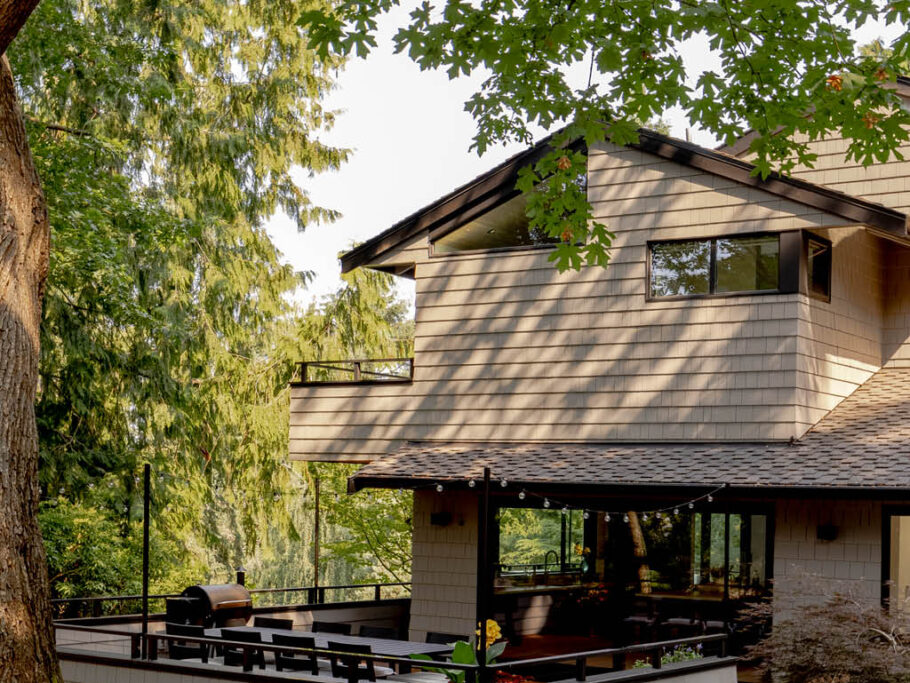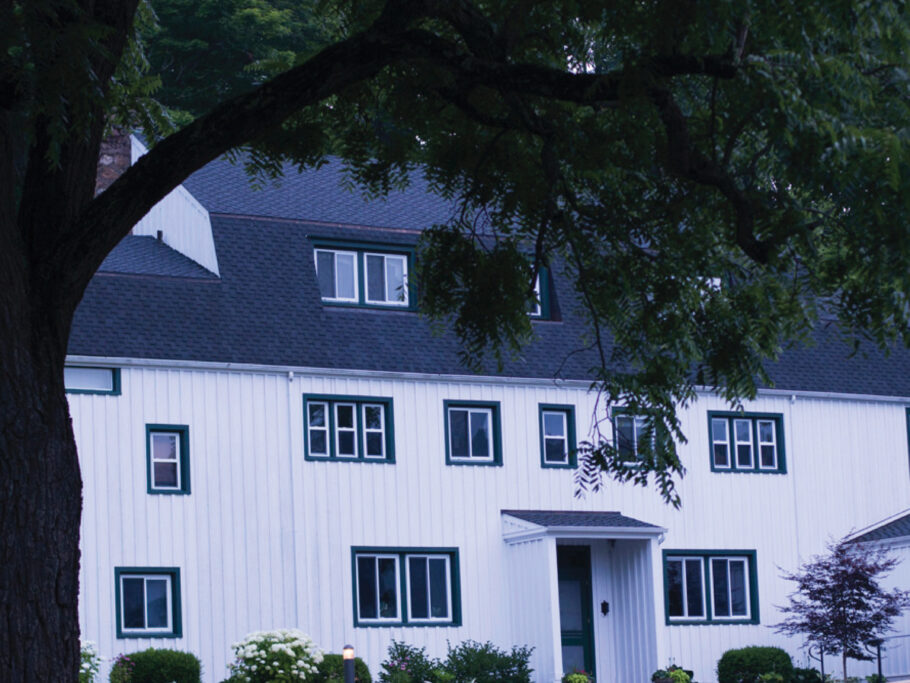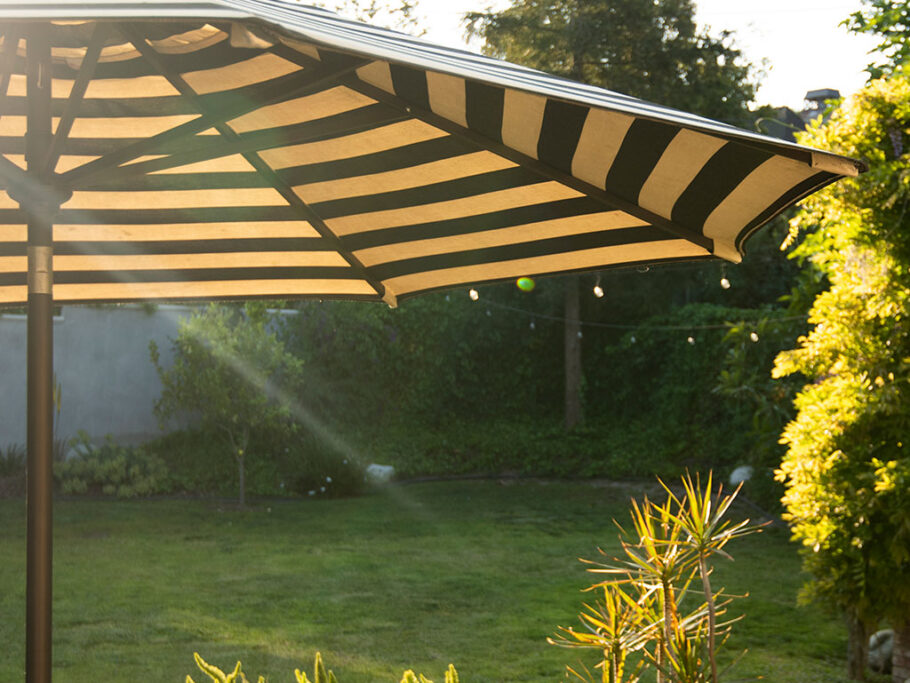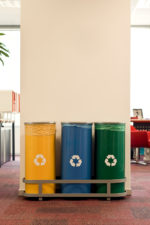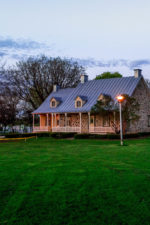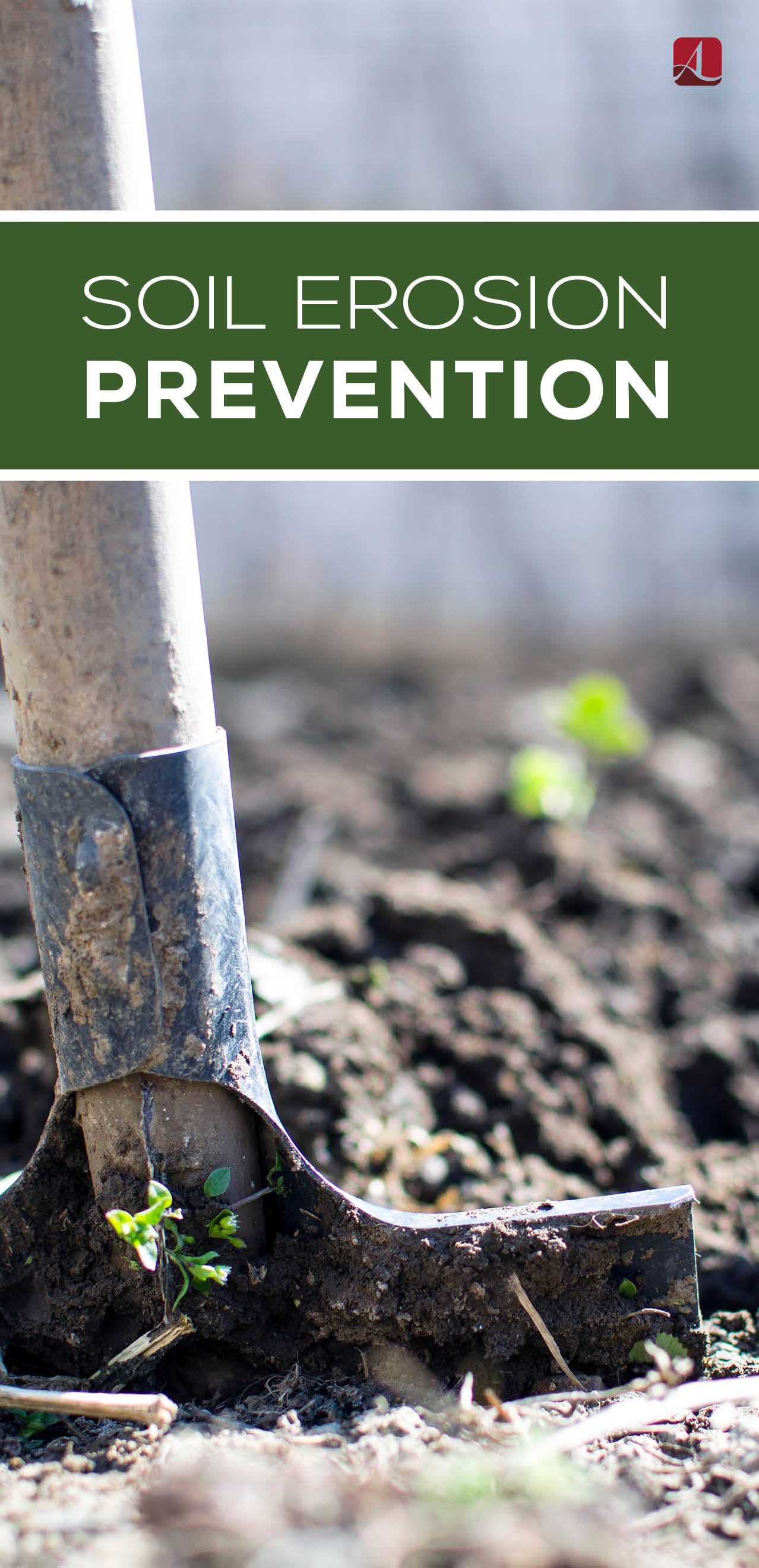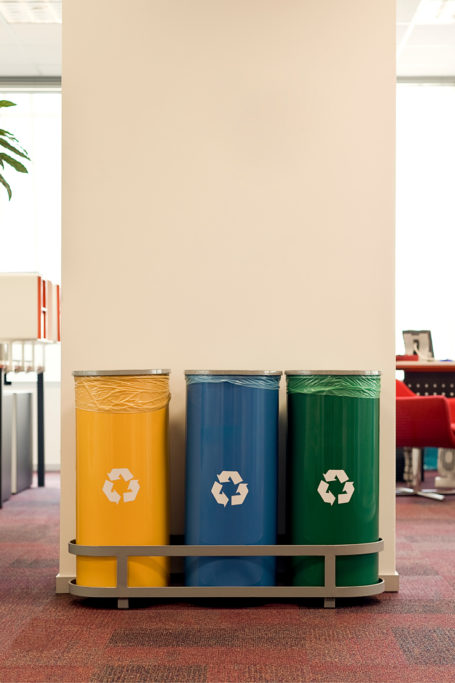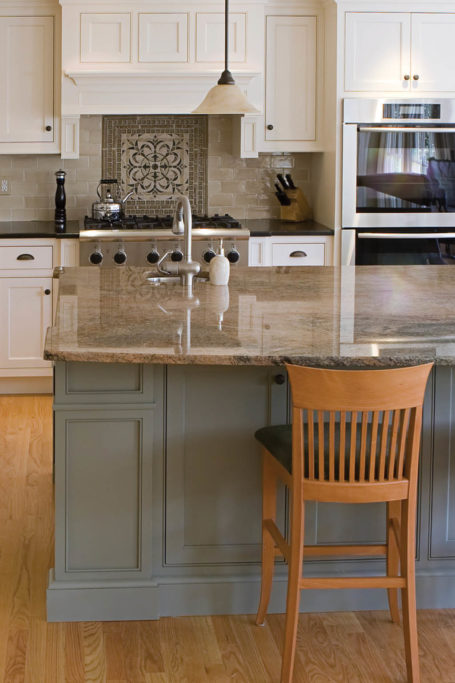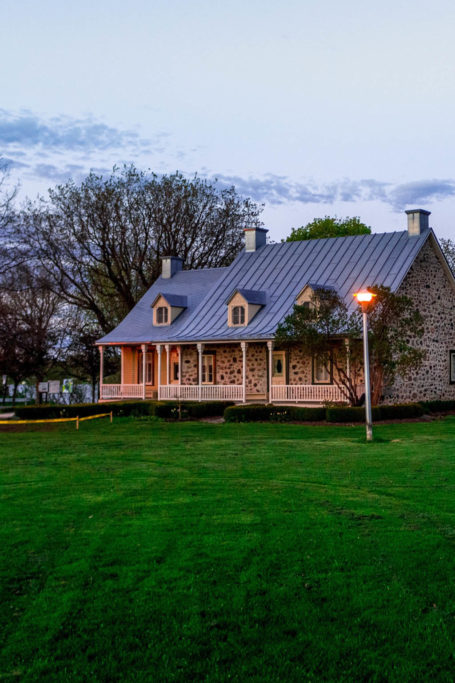Regional Soil Erosion Prevention Tips
Soil erosion is a naturally occurring force that is caused by a number of environmental factors. Depending on the climate that you live in, you may have experienced some level of erosion in your yard—which can not only be unsightly, but also dangerous, to some extent.
Prevention is possible, though, if you follow a few simple tricks.
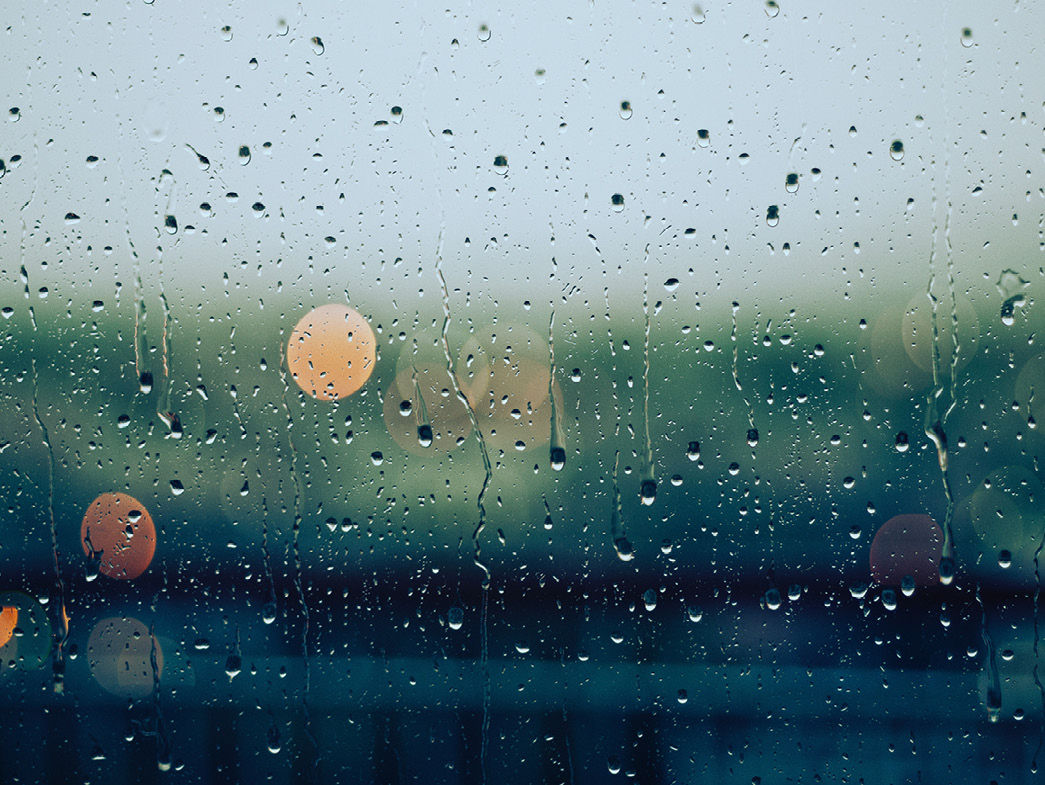
Northwest
The northwestern part of the country (Washington, Oregon, Northern California) experiences a consistent amount of rainfall, making soil erosion from water runoff a common occurrence.
Solution: Add rocks to garden beds or sloping areas to prevent water from traveling across the top layer of soil and carrying it downward.
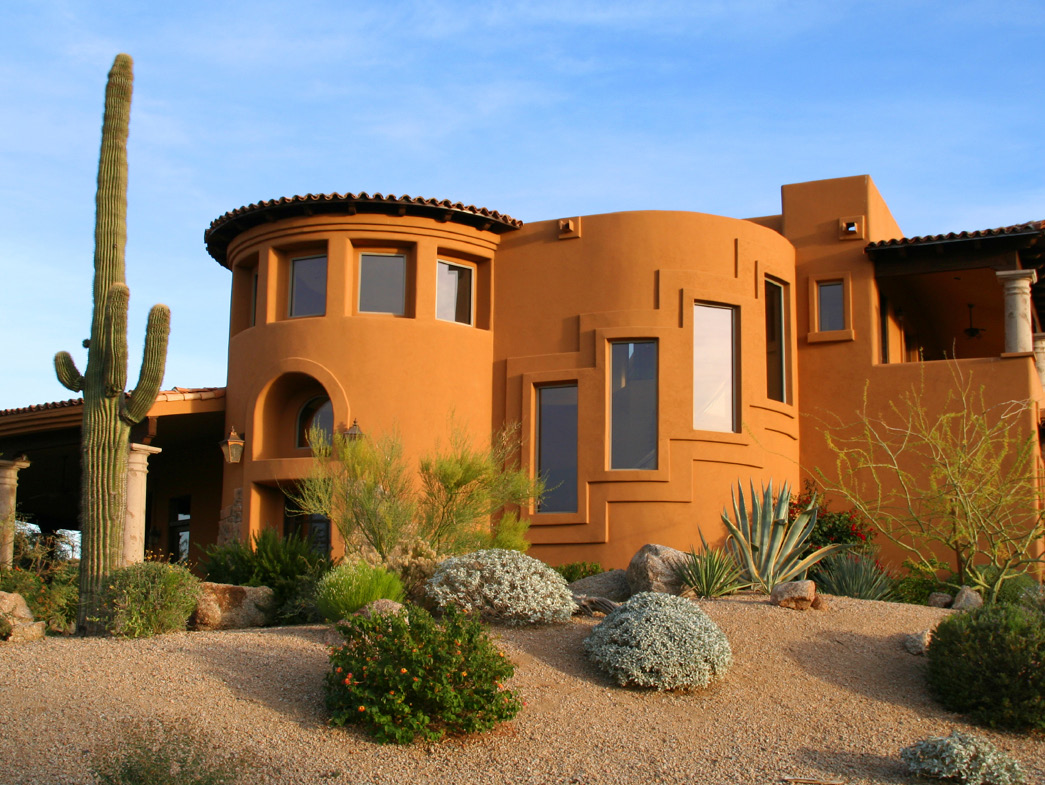
Southwest
Similar to the Midwest, dry climates escape water erosion but make up for it in wind erosion. Loose, dry soil, is easily carried by even small gusts of wind.
Solution: Planting shrubs and trees that are accustomed to arid climates can help stop loose soil from traveling, and roots keep the soil more compacted.
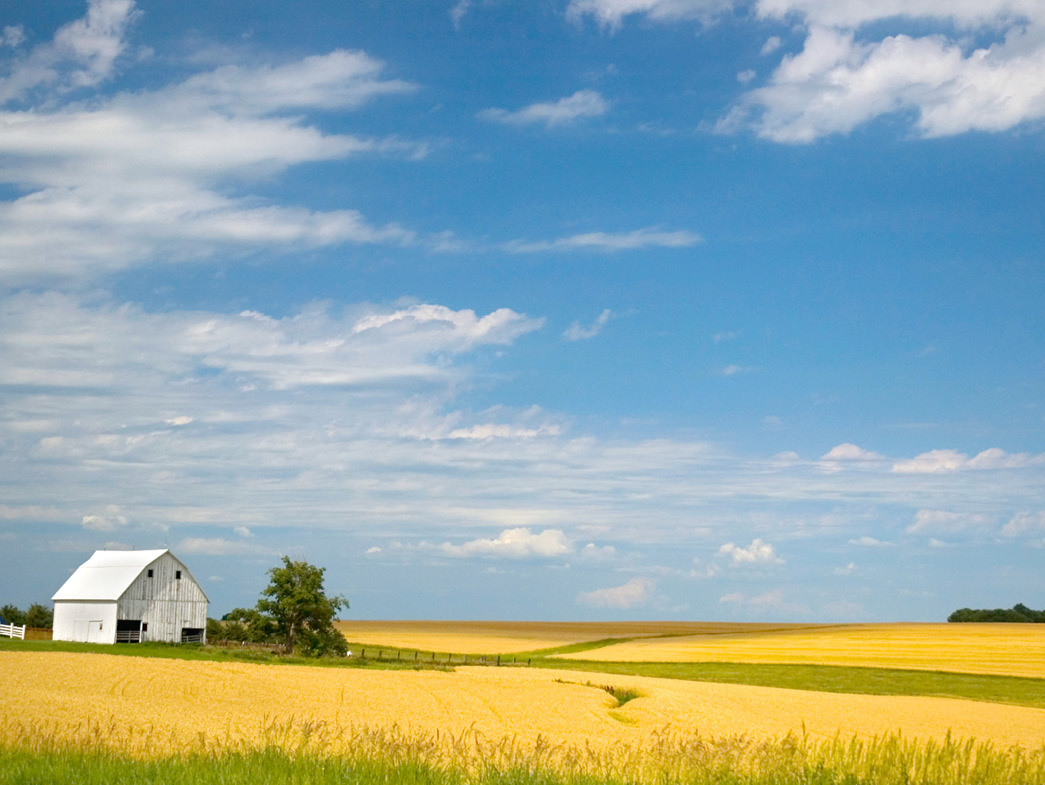
Midwest
Midwest weather can be unpredictable, dry one day and wet the next. A lack of trees also makes it difficult to stop loose soil from blowing.
Solution: Farming is a big part of midwestern life, but reducing tillage of the soil for planting crops and watering slightly less can help prevent erosion.
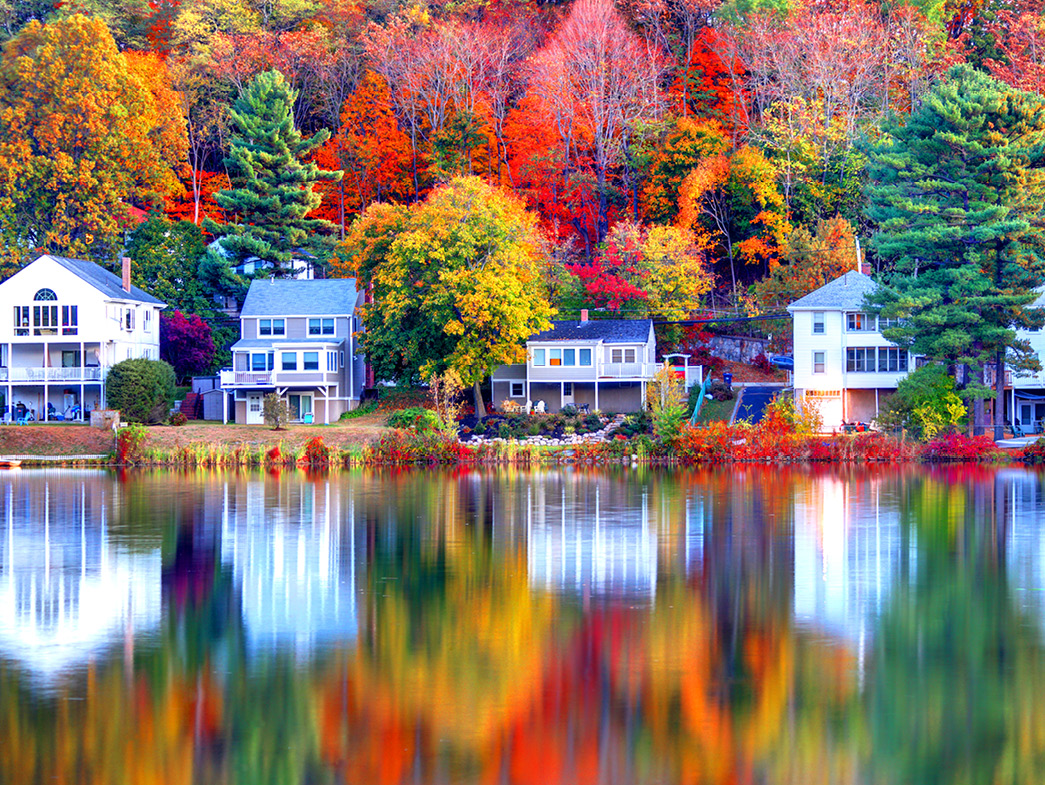
Northeast
New England is a very developed part of the country, and as land is developed and built upon, digging and other manmade factors can loosen the soil and make it prone to erosion.
Solution: Utilize mulch pack to stop the soil from eroding around trees and shrubs, and consider adding rocks to the mulch to help weigh it down.
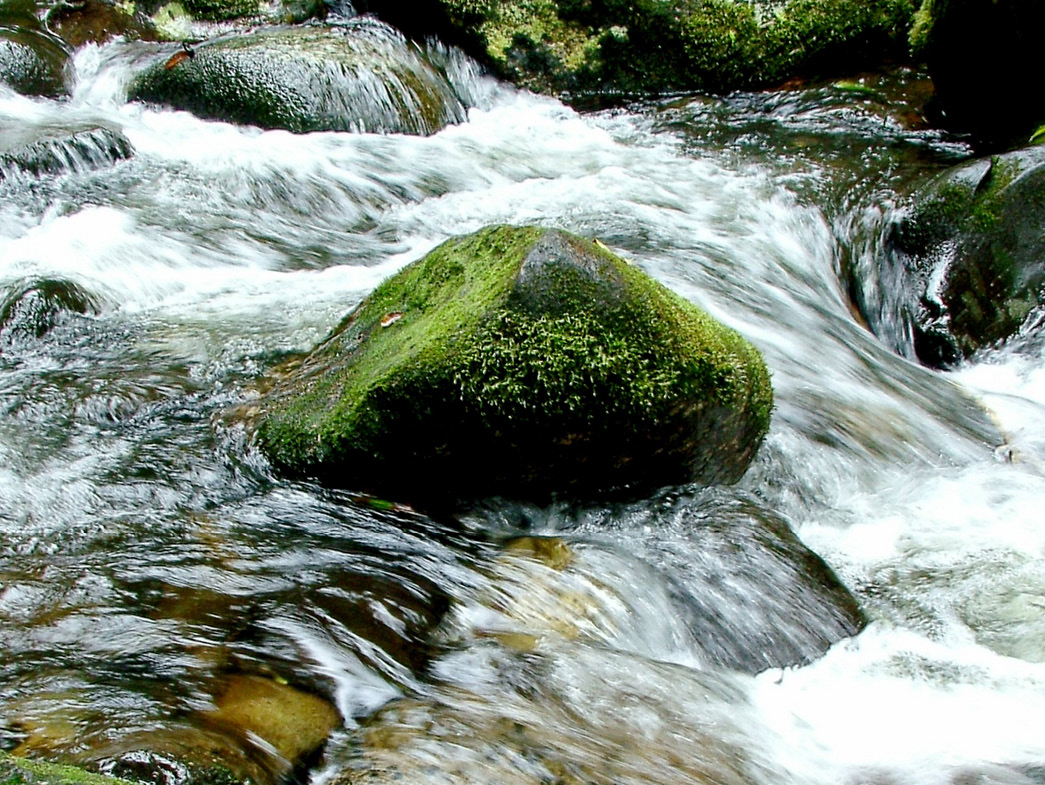
Southeast
High levels of humidity, and frequent bursts of rain make rivers and lakes very active in this part of the country.
Solution: Make sure your home is equipped with adequate drainage, both underground and above ground, to prevent water from pooling.





